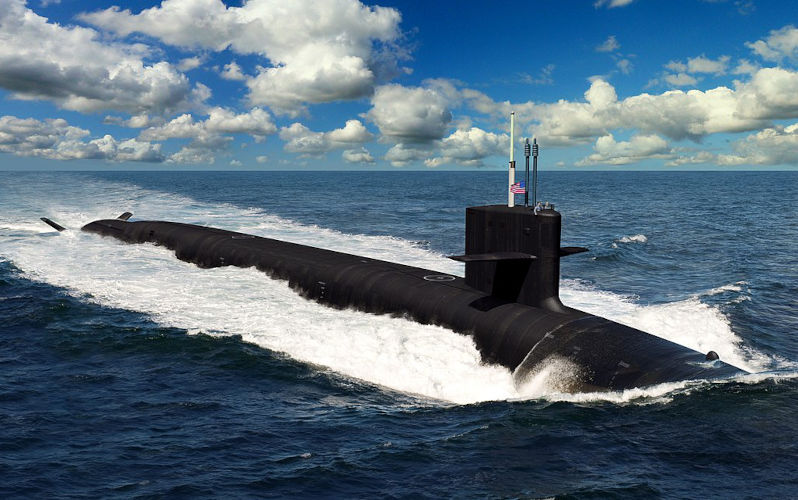An AUKUS mnage trois
February 7, 2023
As the government offers new hints at the optimal path for the AUKUS nuclear-powered submarines, the questions about the viability of the project mount. The political pressure to out-muscle the Coalition on national security, if thats what is driving the Labor governments enthusiasm for this impending car-crash, should not be allowed to undermine the national interest.
The latest tidbit from the government suggests that the AUKUS submarine could be based on a common new design. According to Marles, there is appetite for a brand new design between the countries and the three countries would be responsible for building different sections of the submarines. This should set alarm bells ringing.
In this approach, Australia, America, and the United Kingdom would be trying to get an integrated industrial capacity across the three countries. This sounds like a recipe for an expensive disaster that at best will deliver submarines sometime well after the 2050s, but most likely not at all. Lets just examine some of the implications.
Its difficult to imagine any more geographically dispersed countries than the three AUKUS nations. As the crow flies, it is 16,000 kilometres from the UK to Adelaide and 17,000 kilometres from the east coast American shipyards. Managing across these distances will impose significant costs and other burdens on the transport of material and on the ability to efficiently communicate and coordinate. However, these are not insurmountable matters even if they would significantly add to the projects schedule and financial risks.
More significant would be aligning the three national approval processes for major procurements, and for the export of technology and the exchange of sensitive national security information. All three participating countries have mixed records when it come to successfully delivering major capital projects on time, within cost, and meeting contracted requirements. Each has put in place different regulatory and process remedies.
All three countries have different political and legislative methods of allocating budgets to projects and of monitoring and auditing the expenditure of departments. Each government would need to hold the projects accountable for expenditure and achievement, including measures of earned value and quality assurance, to the satisfaction of its own system. Bringing the three different regimes into alignment promises to be an inordinately complex task.
An additional risk raised by the possibility of a proposed build of different parts of the submarines in different countries is that there is no guarantee of an ongoing government commitment. While all three are English-speaking democracies their parliamentary and constitutional arrangements vary, and their political and social cultures are different. The advent of Brexit and the Trump presidency are clear indicators that the future cannot be taken for granted.
They have three very different economies in terms of size and character that are located in very different regions of the world. Each is subject to different economic, trade, and geopolitical forces. The problems of compatibility, quality, and consistency across the three constructions would be formidable.
Marles has sagely conceded there would be challenges in finding the workforce. In a study that once again highlights the problems afflicting the American submarine construction sector, the US Government Accountability Office noted that the problem of recruitment of qualified and experienced staff for the Columbia class SSBN project had meant that less experienced engineering staffoften recent graduatesare supervising complex work.
Marles confidence about building submarines in Australia seems unfounded when America with its mature industrial base and enormous educational resources is having difficulty sustaining submarine production. The capacity of the US in the medium term to participate in this potential three-way procurement dance appears limited.
The above are just some of the major obstacles to this three-way play.
The risks inherent to schedule, cost, and outcome in a program where three independent countries co-design a submarine and coordinate production across three continents and two oceans over several decades seem massive. The tendency of the military to over-specify, gold-plate, and seek bespoke platforms is common to all threes countries military organisations as are cost overruns and schedule blowouts. Just the Australian experience of Defences management of the design and procurement of major platforms should give Albanese and Marles pause before embarking on an endeavour that has disaster written all over it.
Even if there was any strategic logic to the project, which is contestable, it is time now to step back, take a deep breath, and cancel the embarrassing AUKUS submarine project.

